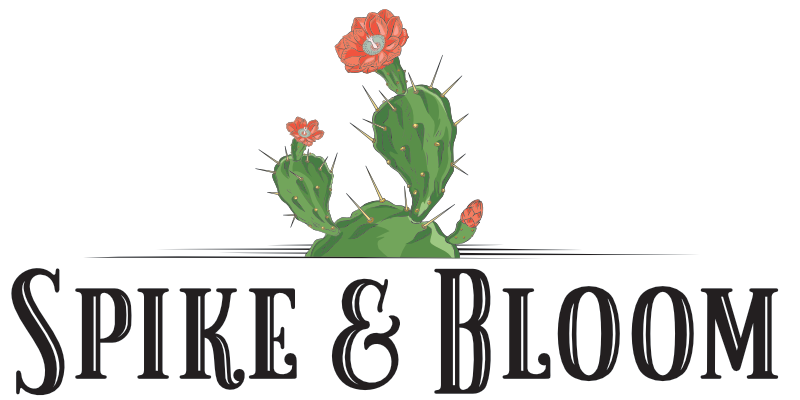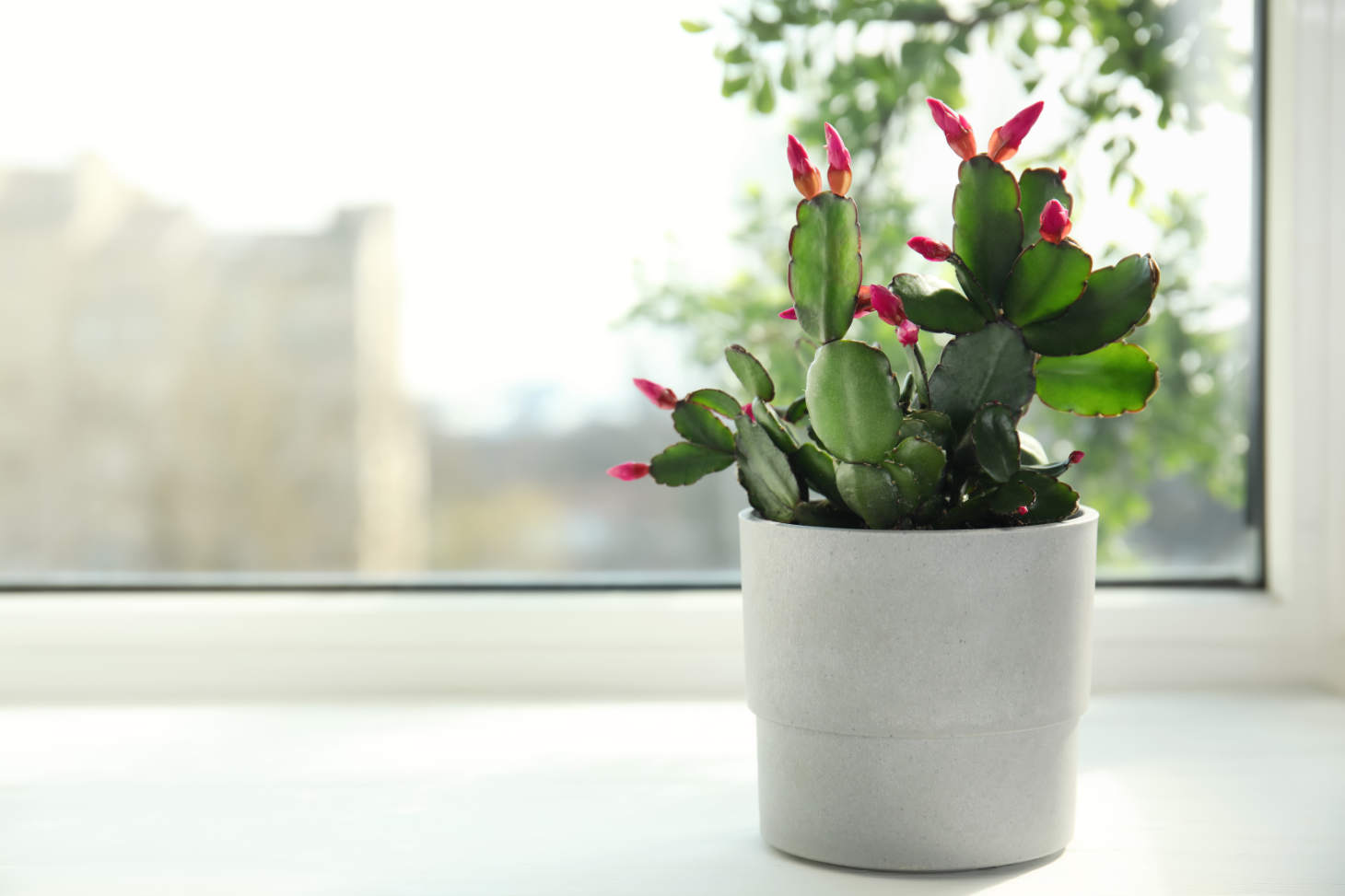Best Cactus for Pots or Containers
Cacti make perfect plants for pots and containers due to their unique shapes and low maintenance needs. Small varieties like Bunny Ears, Fairy Castle, and Golden Barrel cacti are ideal choices that add character to any space without outgrowing their containers. Selecting the right pot is just as important as choosing the cactus. Terracotta and ceramic pots with drainage holes work best because they allow excess water to escape and prevent root rot.
When setting up your potted cactus, use a specialized soil mix designed for succulents and cacti. Many gardeners recommend mixing regular cactus soil with perlite (about 50-60% cactus potting mix to 40-50% perlite) to improve drainage. This mixture helps create the dry conditions that cacti naturally prefer and prevents common problems that occur with regular potting soil.
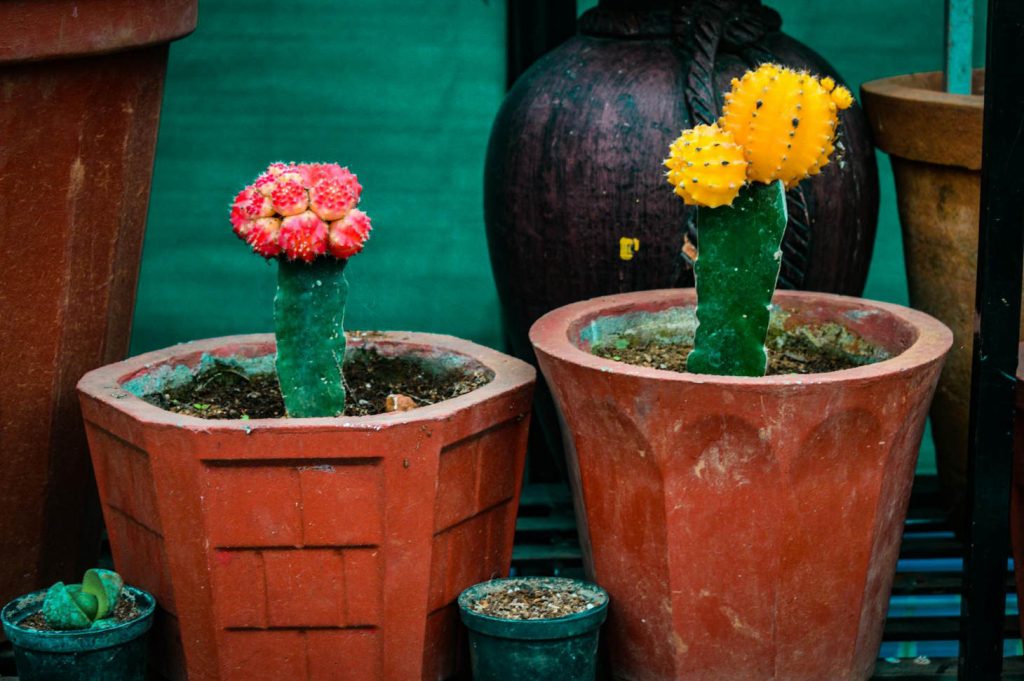
Key Takeaways
- Small cactus varieties like Bunny Ears and Golden Barrel are perfect for container growing due to their compact size and distinctive appearances.
- Terracotta and ceramic pots with drainage holes provide ideal growing conditions for cacti by allowing excess moisture to escape.
- A specialized soil mix combining cactus soil with perlite creates the proper drainage necessary for healthy potted cacti and succulents.
Why Choose Cacti for Pots and Containers
Cacti make excellent choices for container gardening due to their adaptability and minimal care requirements. They offer practical benefits while adding a unique decorative element to any space.
Space Efficiency
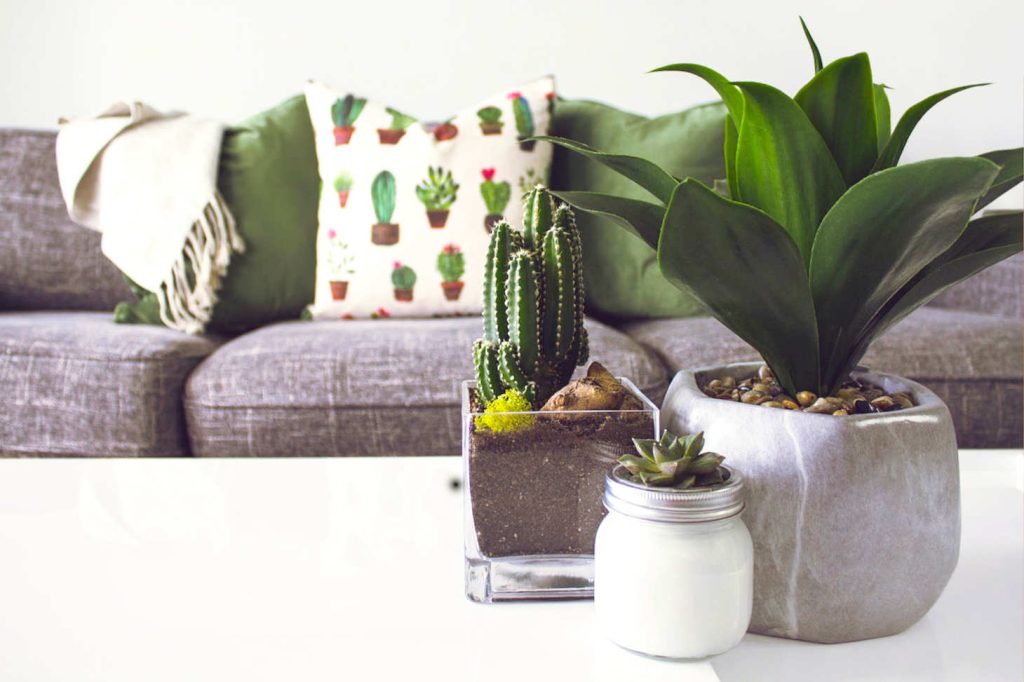
Cacti are perfect for containers because they grow slowly and don’t quickly outgrow their pots. Even small pots can house cacti for years, making them ideal for limited spaces like apartments, balconies, or small yards.
You can arrange multiple small potted cacti in a collection without taking up much room. This allows you to display several varieties in the space that a single traditional houseplant might require.
For small cacti (2-4 inches tall), a pot just 3-4 inches deep and 2-3 inches wide works perfectly. This compact sizing means you can fit cacti almost anywhere, on windowsills, desks, shelves, or countertops.
Unlike many plants that need room to spread, cacti grow upward rather than outward, maximizing vertical space while maintaining a small footprint.
Aesthetic Appeal
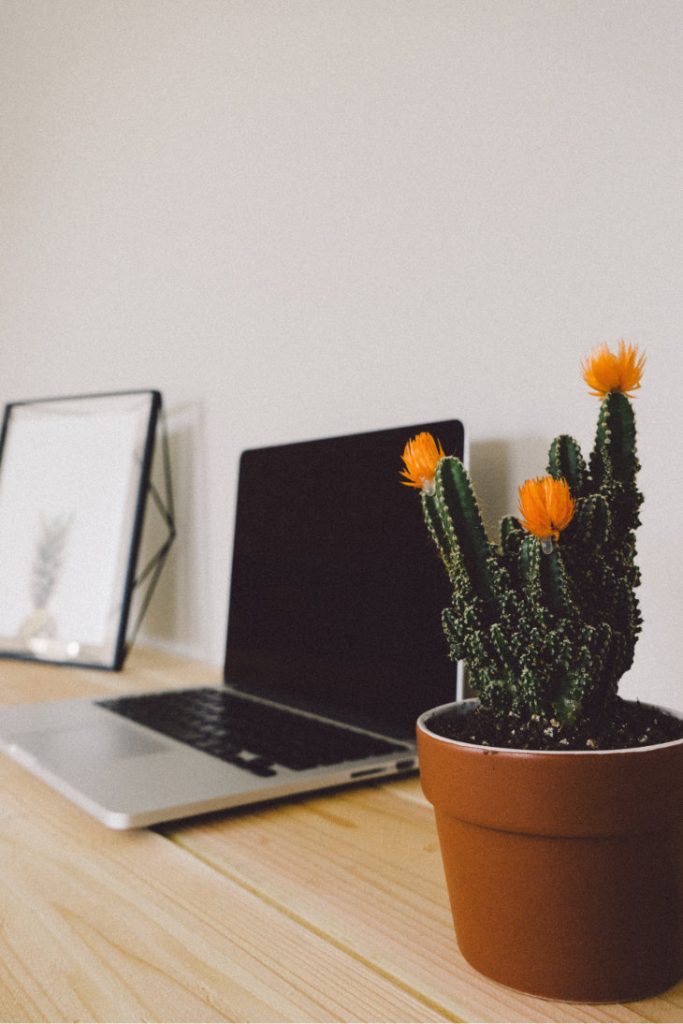
Cacti bring unique textures and forms to your décor that few other plants can match. Their architectural shapes create natural sculptures that serve as living art pieces in your home.
You can enhance your interior design by pairing cacti with decorative pots that complement your style. Choose colorful containers for a bold look or natural materials for an earthy vibe.
Popular pot materials for cacti include:
- Terracotta (excellent drainage)
- Ceramic (decorative options)
- Concrete (modern aesthetic)
- Wood (natural look)
Cacti create visual interest in home decor, complementing various styles and arrangements. Cacti also come in various shapes, columnar, round, star-shaped, giving you plenty of design options.
Ease of Care
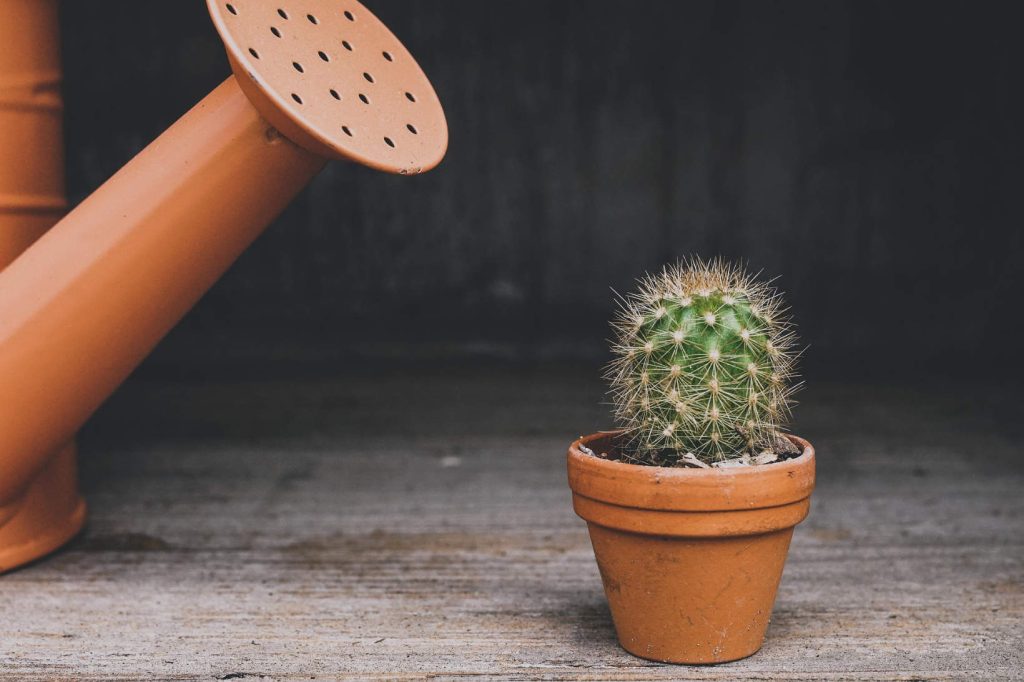
Caring for potted cacti requires minimal effort compared to most houseplants. Their drought-tolerant nature means you won’t need to water frequently, perfect if you travel or sometimes forget to water plants.
Cacti have evolved specialized tissues for water storage, enabling them to thrive with infrequent watering.
You’ll find that potted cacti:
- Need watering only when soil is completely dry
- Require little to no fertilizer
- Can tolerate a wide range of indoor temperatures
- Require minimal maintenance, including occasional pruning to remove damaged growth
Individual potting generally benefits cacti, promoting healthier growth and making it easier to adjust care for each plant’s specific needs. While some companion planting is possible with similar plants like Dracaena, cacti typically do best when given their own space.
Selecting the Right Cactus Species
Choosing the right cactus for your pots makes all the difference in plant health and visual appeal. The perfect species will match your container size, sunlight availability, and personal aesthetic preferences.
Popular Types for Potting
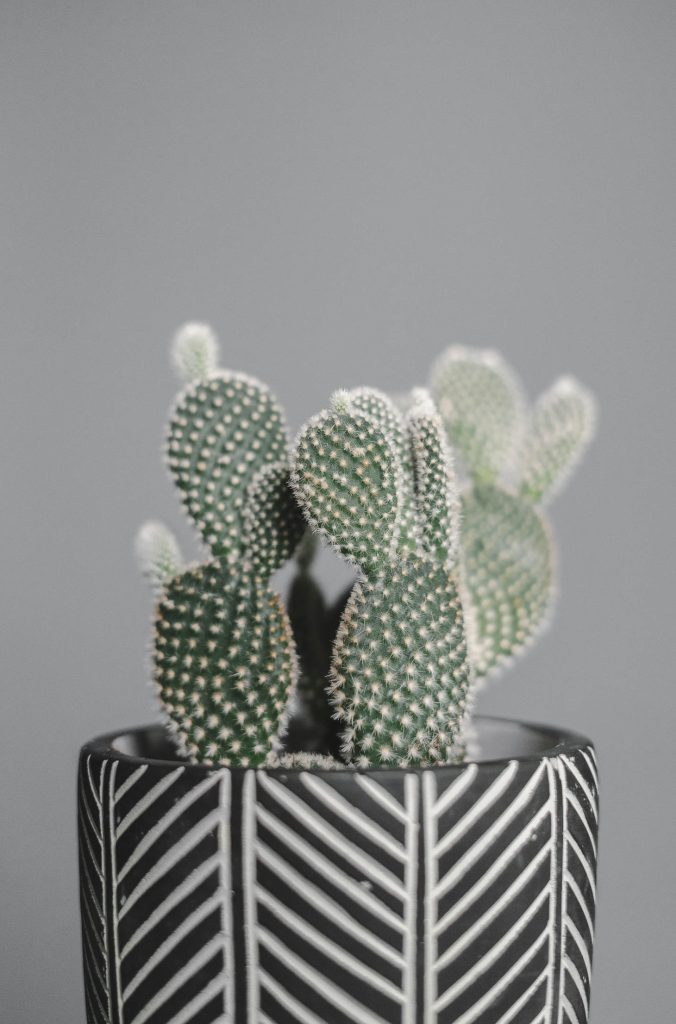
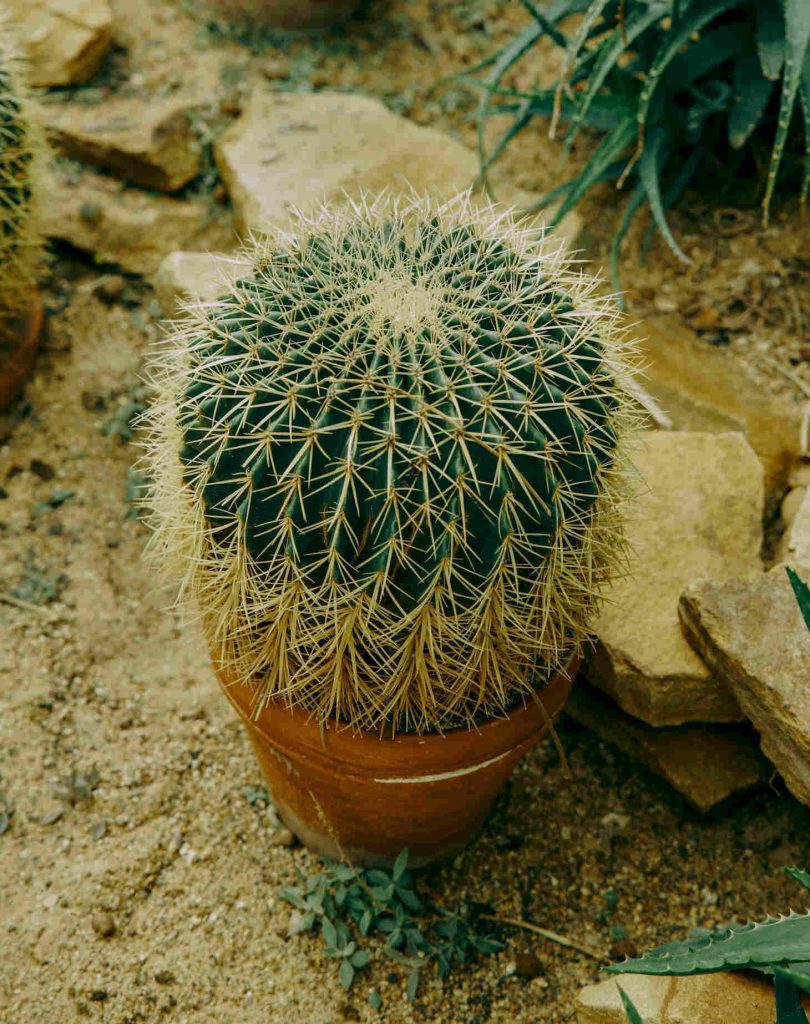

The Bunny Ears Cactus is perfect for beginners, featuring flat pads that resemble rabbit ears. It can initially be grown in 4-6 inch pots, but it will eventually require larger pots as it can grow up to 3 feet tall and 5 feet wide.
Golden Barrel Cactus offers dramatic round shape and grows slowly, making it ideal for long-term container growing. For a small pot, select one that’s 2-3 inches in diameter.
The Fairy Castle Cactus has a whimsical, tower-like structure that rarely exceeds 6 feet in height but can grow much taller in the wild. It thrives in containers 6-10 inches deep.
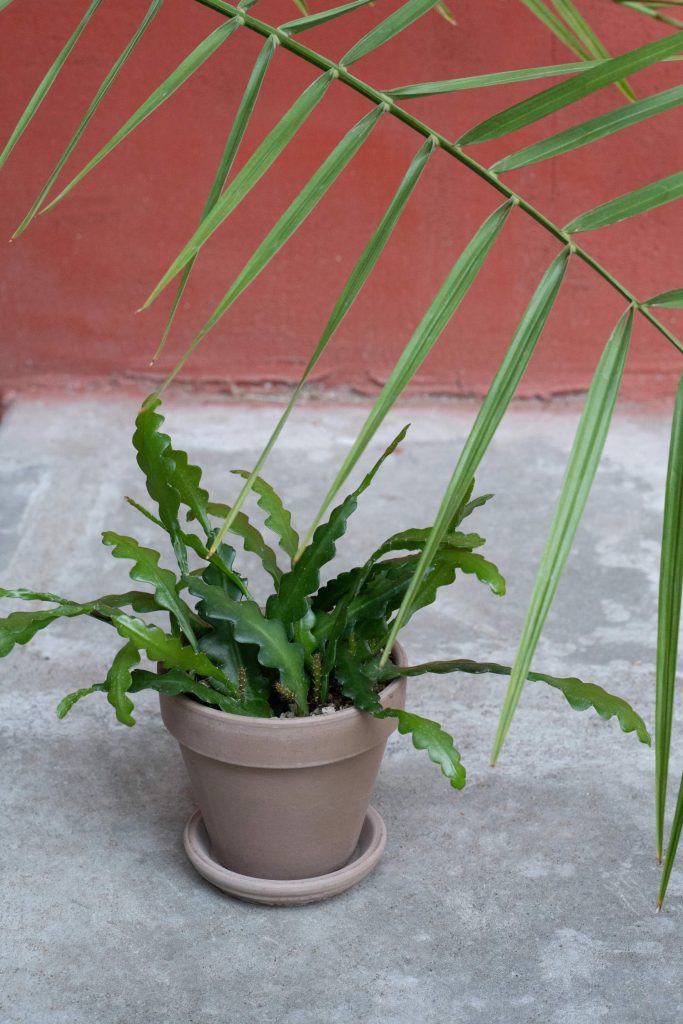
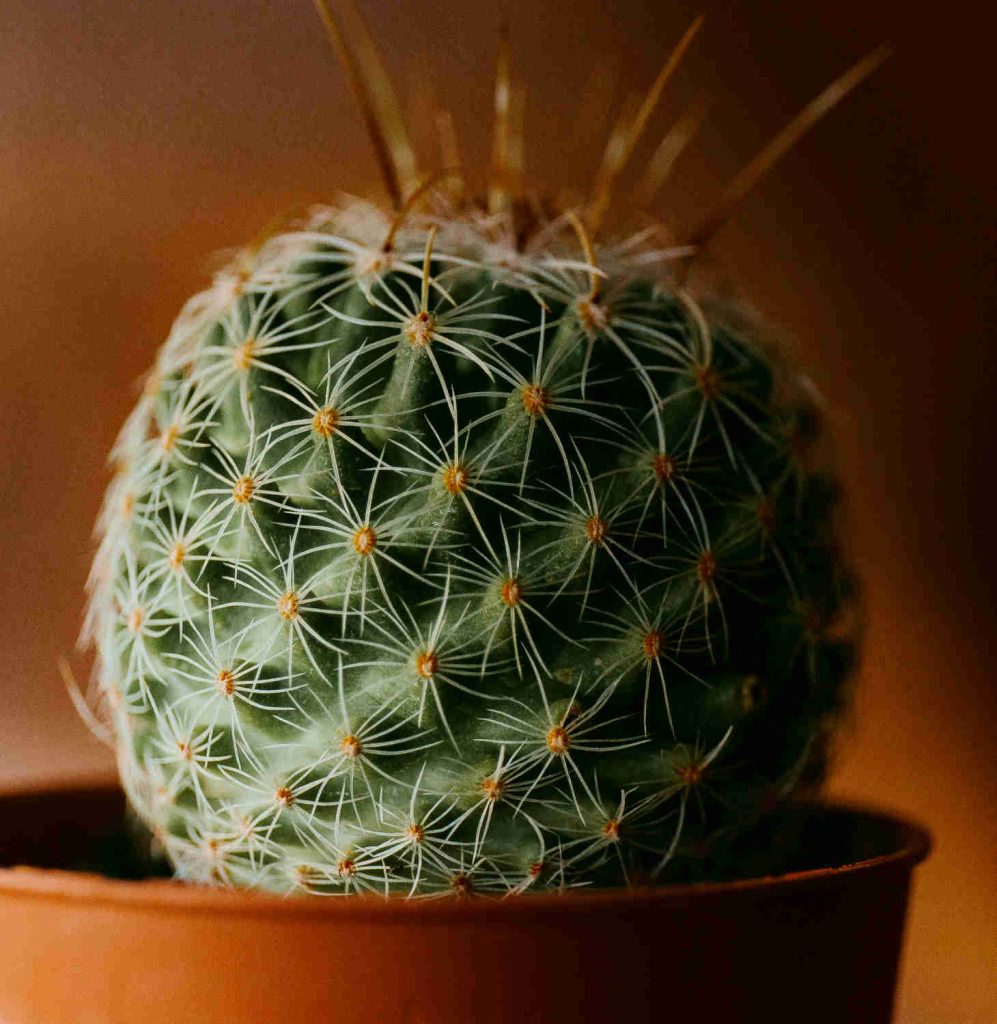
Fishbone Cactus (Disocactus anguliger) isn’t a true desert cactus but works beautifully in hanging pots with its unique zigzag stems.
Old Lady Cactus features white hair-like spines and pink flowers when mature. It needs a pot at least 5 inches deep with excellent drainage.
Considering Sunlight Needs
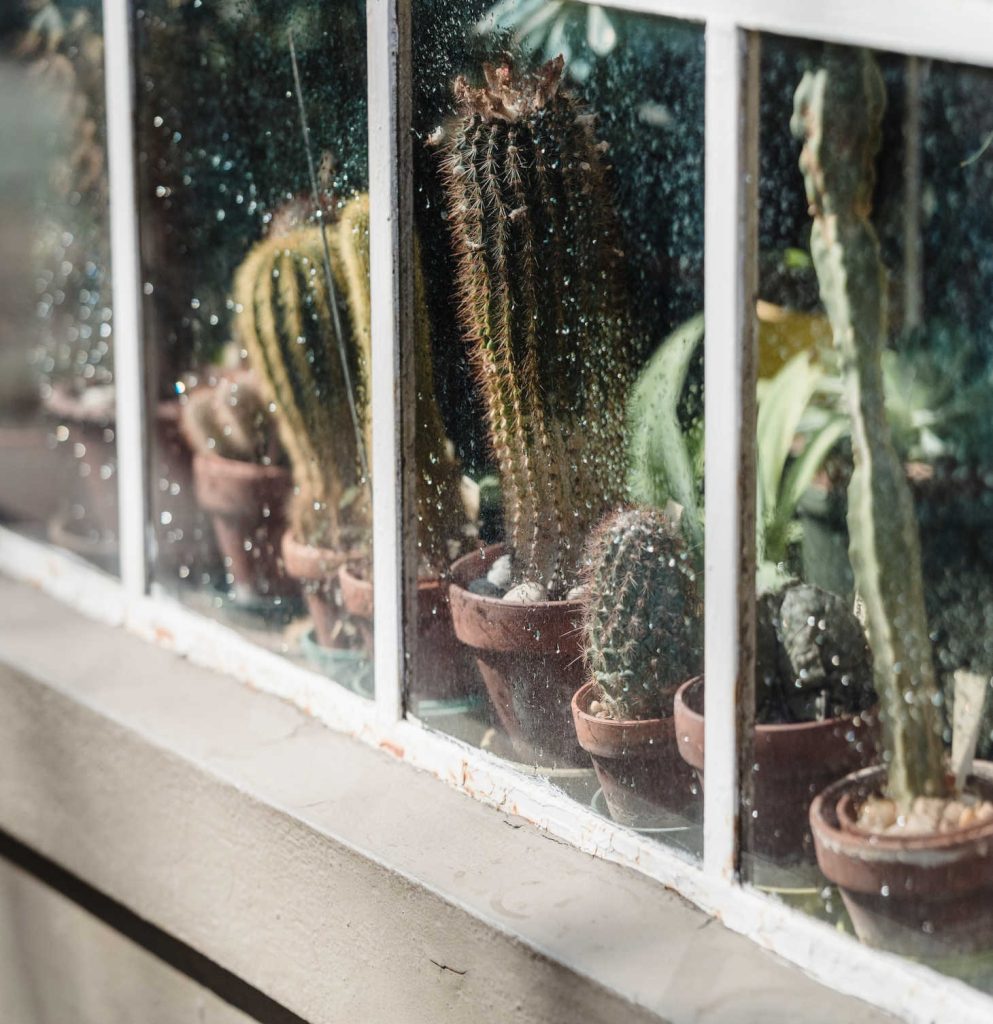
Full sun exposure works best for desert cacti like Golden Barrel and Old Lady Cactus. Place these pots in south-facing windows or outdoor spaces that receive 6+ hours of direct sunlight.
Some cacti, including Fishbone Cactus, prefer bright indirect light. These species burn in harsh afternoon sun, making them suitable for east-facing windows.
Aloe and certain Agave species tolerate partial shade but still need bright conditions to maintain compact growth. Without adequate light, they become leggy and weak.
When moving potted cacti outdoors in spring, gradually increase sun exposure to prevent sunburn. Even sun-loving species need time to adjust after winter indoors.
Flowering Cacti and Their Seasons
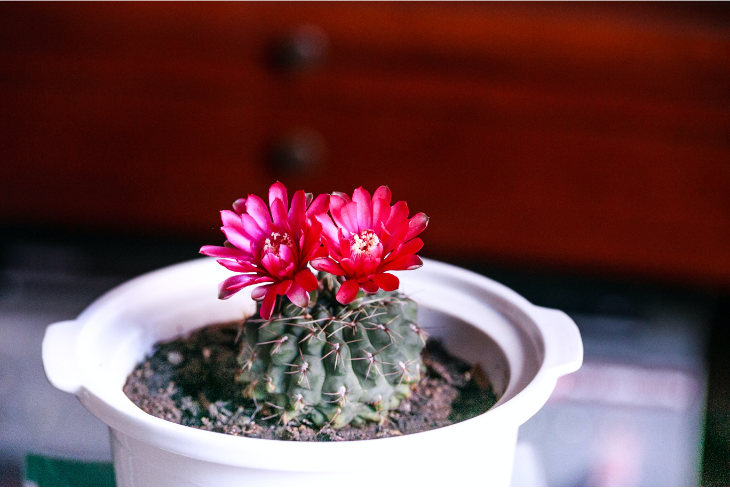
Many potted cacti reward you with spectacular blooms. Easter Cactus produces bright pink, red, white, orange, or purple flowers in early spring, typically from late March to May, while Christmas Cactus blooms in winter.
Desert cacti often flower after a period of winter dormancy. Species like Mammillaria develop a crown of small flowers in various colors, including pink, rose-pink, orange-red, and purple, depending on the species, typically blooming in spring when temperatures warm up.
For reliable flowering, provide:
- Temperature fluctuations (cooler nights, warmer days)
- Proper dormancy period in winter
- Age (many cacti need to mature before blooming)
The Gymnocalycium species (Moon Cactus) produces vibrant blooms in pink, red, or yellow during spring and summer. These compact plants fit perfectly in small decorative pots.
Choosing the Ideal Pot or Container
Selecting the right container for your cactus can significantly impact its health and growth. The perfect pot provides both aesthetic appeal and practical benefits for your plant’s development.
Material Considerations
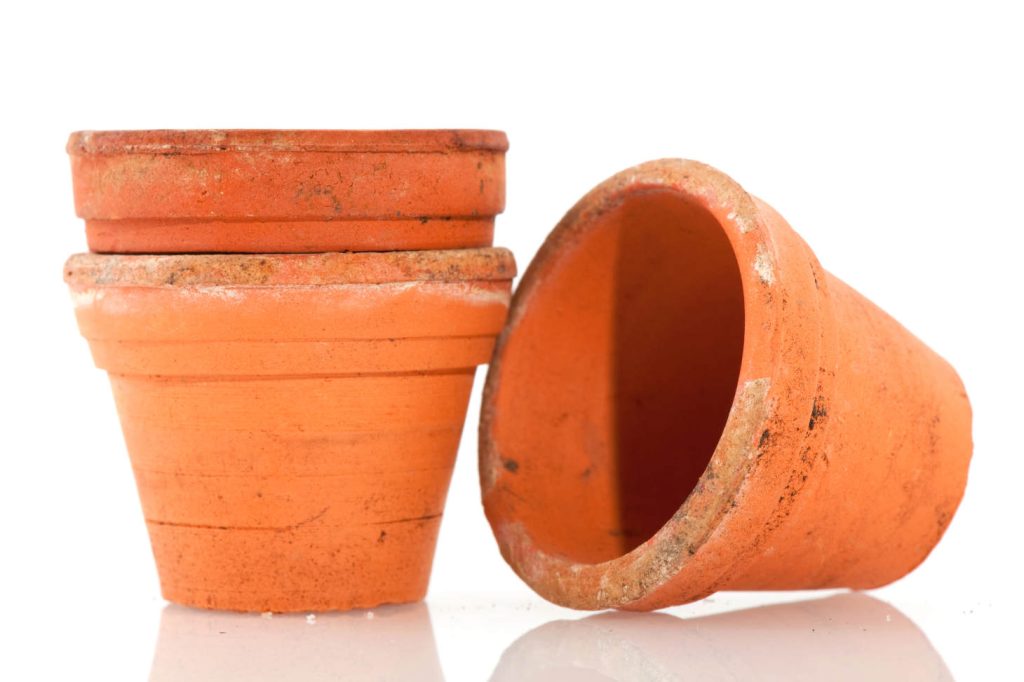
Terracotta pots are excellent choices for cacti as they’re porous and allow soil to dry out between waterings. This natural material helps reduce water retention compared to plastic pots, which can lead to root rot if not managed properly. However, terracotta can break in freezing temperatures.
Ceramic pots with glazes in earth tones, reds, oranges, and yellow complement cacti beautifully. These containers add visual interest while still providing good stability for top-heavy plants.
Plastic containers are lightweight and inexpensive but retain moisture longer. If you choose plastic, be extra careful not to overwater your cacti.
Metal pots can heat up quickly in direct sunlight, potentially damaging roots. If using metal containers, keep them in partial shade during hot weather.
Size and Drainage
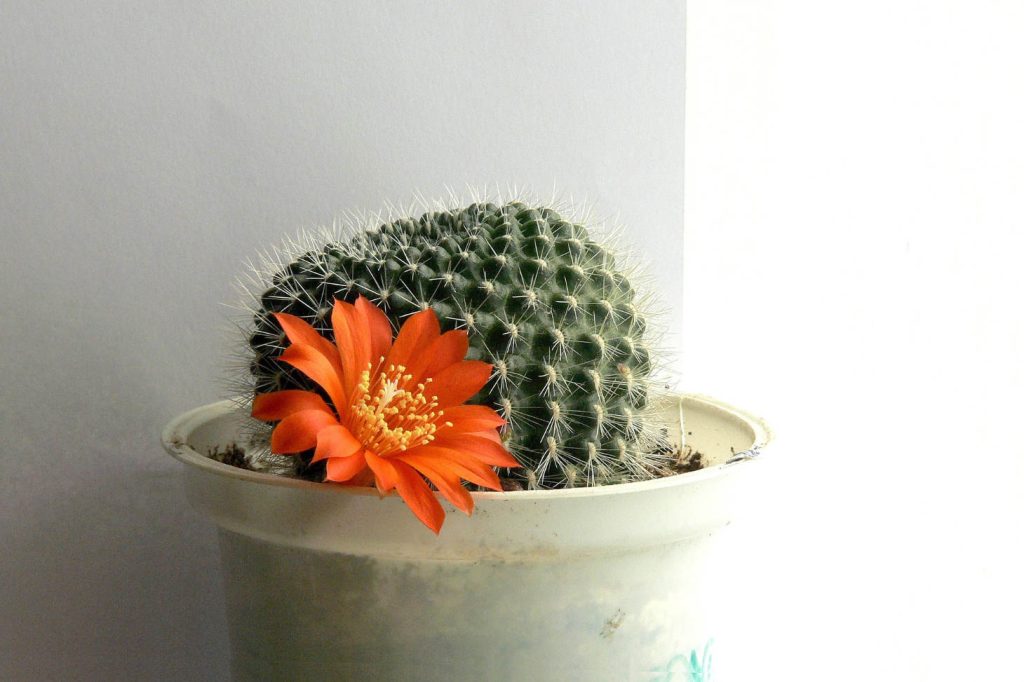
Cacti prefer to be slightly root-bound in snug pots. Choose containers just 1-3 inches wider than the root ball, depending on the type of cactus and potting conditions. Too much space can lead to excess moisture retention.
Drainage holes are absolutely essential for cactus containers. Without proper drainage, water collects at the bottom, causing root rot. If you fall in love with a pot without holes, drill some yourself or use it as a decorative cover pot.
For many cactus species, especially those adapted to rocky or epiphytic environments (many non-desert cacti), shallow and wide pots are often preferable to deep ones. This is because their root systems are typically more horizontally spread to efficiently capture surface moisture, rather than deeply penetrating the soil. However, some desert cacti, particularly younger plants or certain species, may develop taproots and benefit from deeper containers.
Choose well-drained soil specifically formulated for cacti and succulents to complement your container choice.
Design Ideas Using Potted Cacti
Potted cacti offer endless creative possibilities for both indoor and outdoor spaces. With their architectural shapes and low maintenance needs, they can transform any area into a stylish desert-inspired oasis.
Indoor Display Inspirations
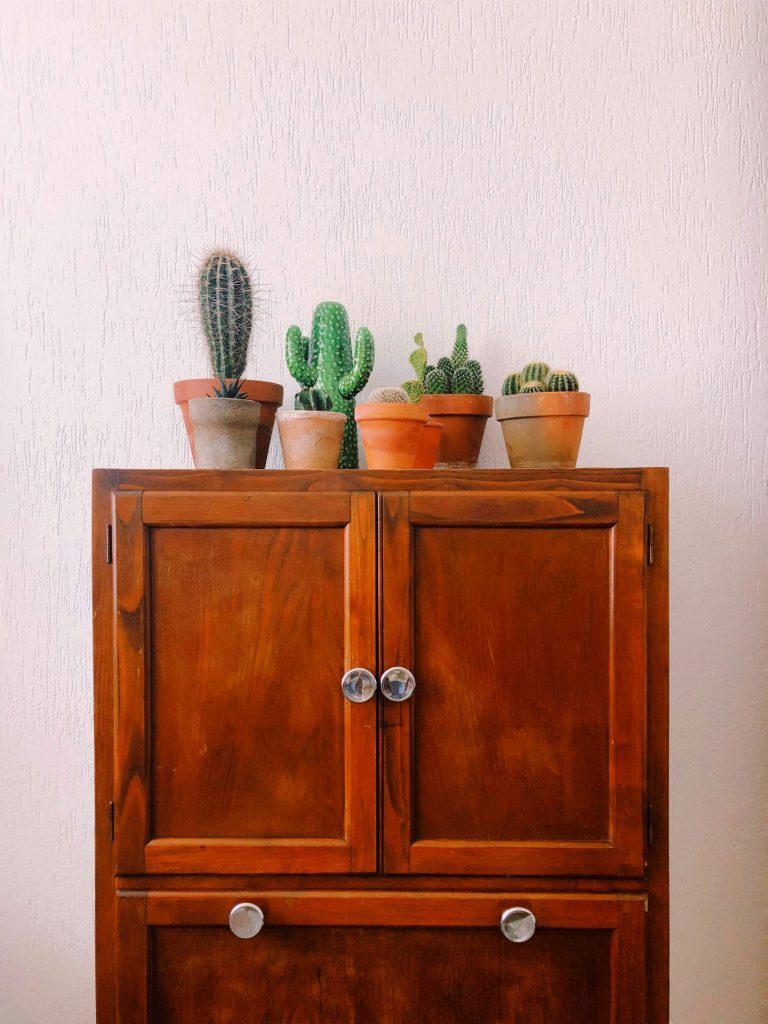
White pots provide an elegant backdrop for colorful or geometric cacti, allowing their unique shapes to stand out. Try grouping three different cacti varieties in matching containers for a cohesive display on windowsills or coffee tables.
Create a mini desert landscape by arranging cacti of varying heights in a shallow dish garden. Add small pebbles or colored sand as top dressing to complete the look and improve drainage.
Floating shelves dedicated to your cactus collection make excellent focal points in living areas. Mix in other succulents for textural contrast while maintaining the desert theme.
For a modern look, place small cacti in concrete or geometric containers. These industrial-style planters complement the structural forms of cacti and work well in contemporary spaces.
Outdoor Arrangements and Landscaping
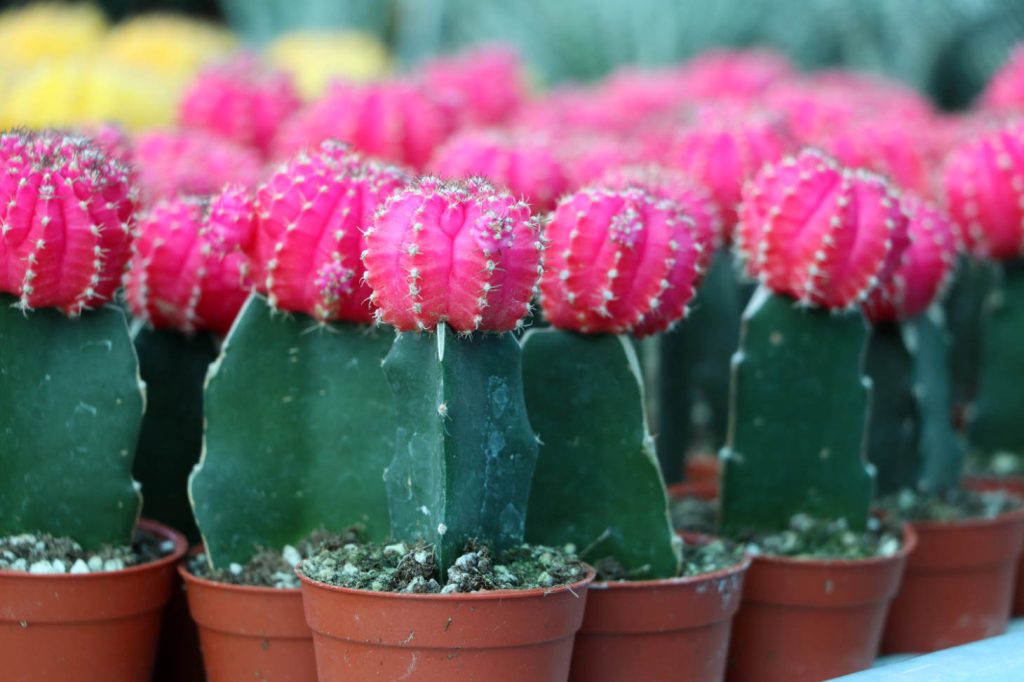
Cluster potted cacti of different sizes on patios or decks to create an instant desert garden. Use containers with similar styles but varying heights to add visual interest to the arrangement.
For the best drainage outdoors, fill containers with loose, gritty cactus potting soil. Leave some space at the top for decorative pebbles that prevent soil erosion and add a finished look.
Combine cacti with low-growing succulent groundcover in larger containers. The groundcover will spill over the edges, softening the appearance of the spiky cacti above.
Consider outdoor container materials carefully. Terracotta pots are traditional and breathable but may crack in freezing temperatures. Glazed ceramic offers more color options while providing good insulation for plant roots.
Conclusion
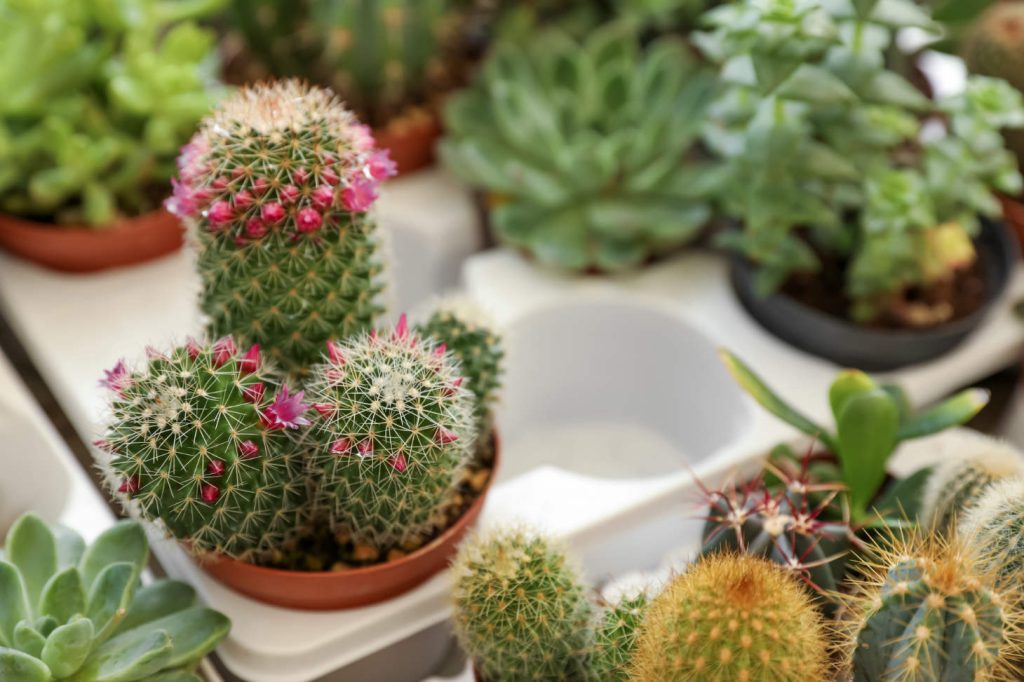
Choosing the right cactus for your container garden depends on your space, climate, and personal preferences. Small varieties like Mammillaria and Gymnocalycium work well in cramped spaces or on windowsills.
For beginners, resilient options like Moon Cactus or Christmas Cactus offer colorful displays with minimal fuss. Remember that your container choice matters too. Terracotta pots allow better airflow and moisture control for your cacti.
Consider the growth rate of your chosen cactus. Slow-growing varieties need less repotting and maintenance, making them ideal for busy plant parents.
Most cacti and succulents prefer well-draining soil and containers with drainage holes. This prevents root rot and other moisture-related problems common in container gardening.
With proper care and the right container, your cactus collection can thrive for years. Regular observation of your plants will help you adjust watering schedules and placement for optimal growth.
The perfect pot-cactus combination creates a striking display that enhances your living space while remaining relatively low-maintenance. Remember that each cactus has unique needs, so research your specific variety for best results.
